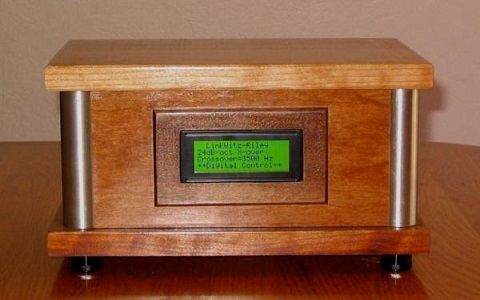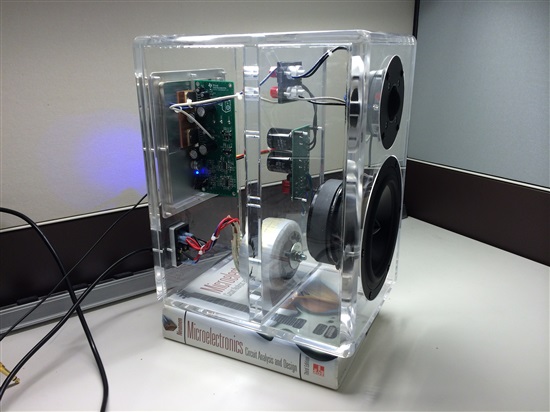Hi: I just downloaded a new reference design for active crossovers.
http://www.ti.com/lit/ug/tidu035/tidu035.pdf
On page 7 the following is written:
the fourth order Linkwitz Riley filter
has a steep roll off(48dB/octave,80 dB/decade)
I believe that the fourth order rolls off at 24dB/octave...correct?
Regards
Bob C.



